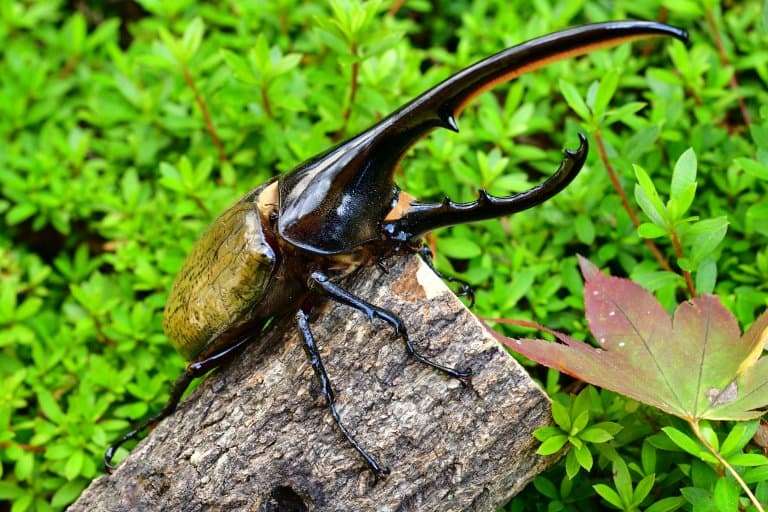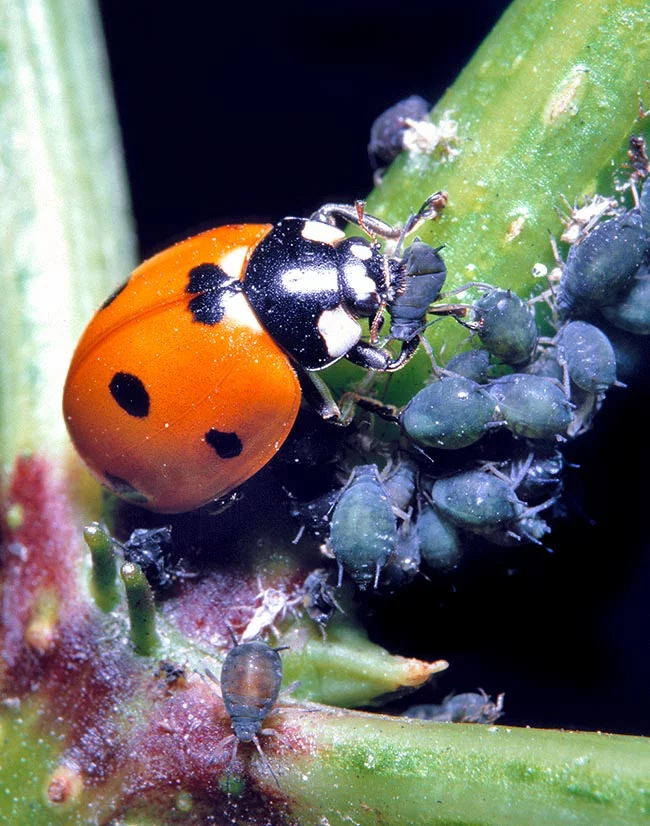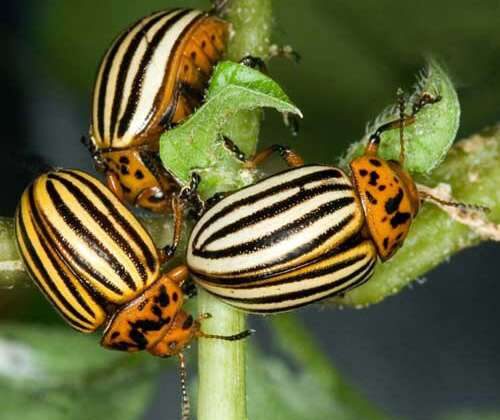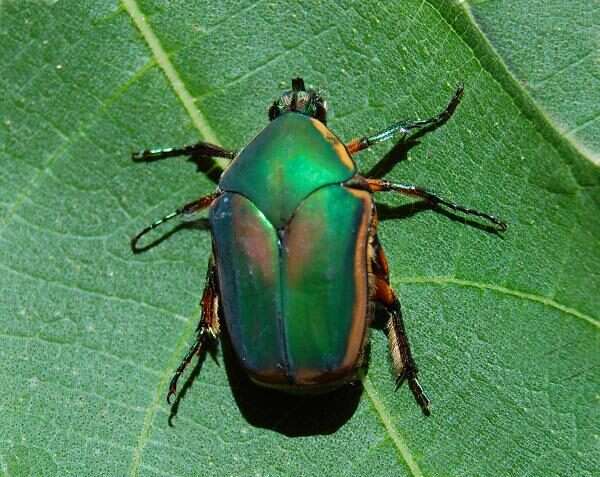
The Lesser Antilles, Central America, and South America are home to a species of rhinoceros beetle known as Dynastes hercules,. It is one of the biggest flying insects on the planet and the longest type of beetle that is still alive.
Hercules beetle is one of the biggest insects in the world and exceptionally enormous. Long horns that protrude from the males’ bodies and heads are present. When they come together, they resemble claws or pincers. The curled, white or yellow larvae, which has a black head, may even be larger than the adult, but it loses considerable weight during the difficult pupation process.
Geographical Location
In Central and South America’s new world tropics, Dynastes hercules beetles can be found. The species’ northern and southern boundaries are represented, respectively, by the southern Mexican border and west central Bolivia. All of Central America is included, as well as western Venezuela, Colombia’s Pacific and Amazonian regions, eastern Ecuador, Guadeloupe and Dominica islands, western Brazil, central Peru, and west/central Bolivia. It is crucial to remember that this distribution is still merely an estimate because the Amazon jungle is inaccessible and there is not much research done there.
Habitat
Hercules beetles live in the montane and tropical rainforests’ understory. Like many of its beetle relatives, the larvae of the D. hercules lives in rotting wood. The forest must have fallen trees with an acceptable girth because of the sheer size of the larvae, which can reach lengths of more than 15 cm and weights of up to 140 grams. Although the adult beetle is capable of flying, it has primarily been found in the underbrush and on the forest floor, where it can find plenty of fallen fruit to eat and permanently retain moisture.
Description of the body
Larvae
The larvae of D. hercules can weigh up to 140 grams and hardly fits in the outstretched hand of an adult male during one of its later instars (larvael growth stages). The beetles actually shed some of their larvael mass when they pupate and emerge as adults, but they still maintain an impressive stature. The long horns that grow from the mature male’s head and thorax (thoracic) are his most distinctive and noticeable physical characteristics (cephalic). Together, these appendages resemble a big claw in terms of both shape and function.
Adult
Adult males typically measure 78 mm from the tip of the abdomen to the end of the longer thoracic horn, though there have been tales of enormous males on the island of Guadeloupe that were 180 mm long. Females are smaller and have no horns; their average length is 61.8 mm. The rest of the beetle’s physical features are normal for the family Scarabaeidae, although being larger. Large eyes and distinctive lamellate antennae are found beneath the cephalic horn (a straight stalk with right angled fingers at the terminus).
The elytra of D. hercules are notable in that they change colour with various humidity levels. The elytra are hardened front wings that form a shell around the abdomen. The elytra have a yellow to olive green appearance while the humidity is low, but as the humidity increases, they become completely black. The delicate microstructure of the elytra, which affects light refraction as it is exposed to moisture, is what causes this alteration.

Longevity
The whole body of knowledge regarding the Hercules beetle’s lifespan has been gathered in artificial settings. Nevertheless, this information provides a broad overview of the species’ longevity. Before the egg hatches into a larvae, it spends around a month incubating. Prior to the pupal stage, the larvael stage can endure anywhere between 12 and 18 months. The adult beetle can survive once it has emerged for 8 to 12 months, giving it a possible lifespan of 34 months.
Feeding
These beetles are herbivorous insects; the larvae feed on decaying wood, and the adults search the underbrush for fallen, decaying fruit. Mangoes and bananas have been seen being gobbled up in controlled environments. They use their mouth parts to puncture the fruit’s skin before masticating the surrounding tissue into a soft, easily digestible pulp. In artificial settings, this beetle will feed continuously for up to 24 hours if given the chance.
Importance
Role in Ecosystems
Hercules beetles support biodegradation and the cycling of nutrients, despite the fact that no formal studies of the ecological role of this specie have been done.
Positive Role in Humans Life
Hercules beetles are highly sought-after in the beetle-enthusiast industry, which is particularly popular in Japan. Large specimens of some D. hercules subspecies can go for as much as $700.
Negative Role in Humans Life
Dynastes hercules has no known negative effects on people.
Keeping as Pet
Requirements
Temperature and Humidity
As a nocturnal creature, the Hercules Beetle needs a tank that is out of direct sunlight. Otherwise, it won’t be happy. It inhabits regions with humid, hot weather similar to those found in rainforests. Make sure the temperature stays between 65°F and 75°F to keep your HB cozy and make it feel at home. High humidity is also necessary; for larvae, it should be between 70% and 80%, and for adults, between 60% and 70%.
Substrate
All of the Hercules Beetle’s developmental phases involve a lot of time spent burrowing. It’s crucial that the substrate adjusts to its requirements. To make sure it has adequate space, give it a substrate that is at least three to four inches thick. Adults thrive in mixes that contain coconut fiber due to their ability to retain moisture. However, because damp flake soil offers both strong structural support and their food, larvae are content with it.
Tank
The world’s longest insect needs ample space to maneuver. Males must be housed in separate enclosures to prevent territorial disputes. A tank with at least five gallons will do wonders for them because they also require adequate room to avoid having their horns broken against the tank’s walls.
Table





